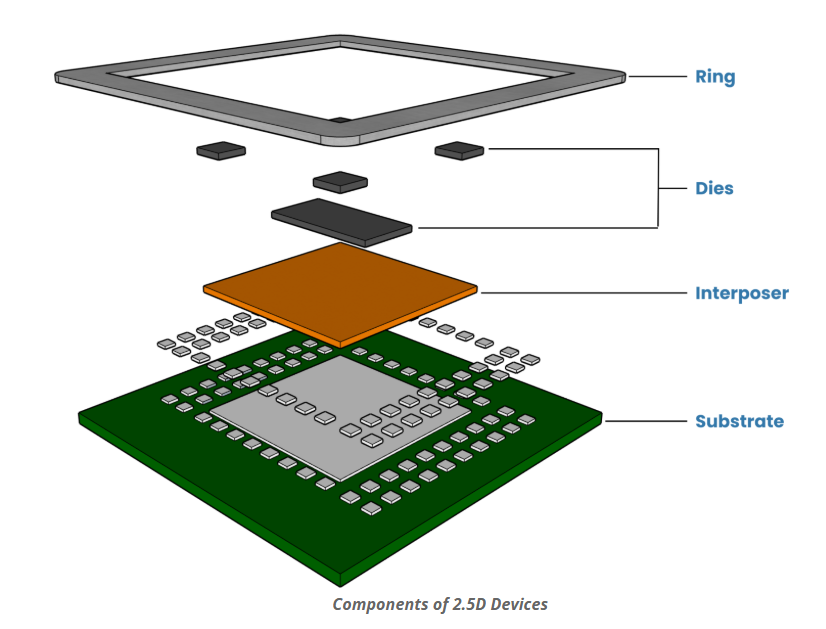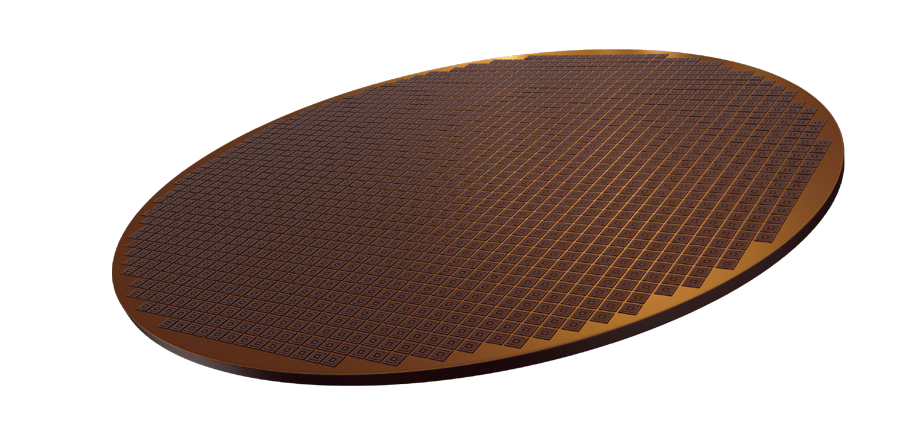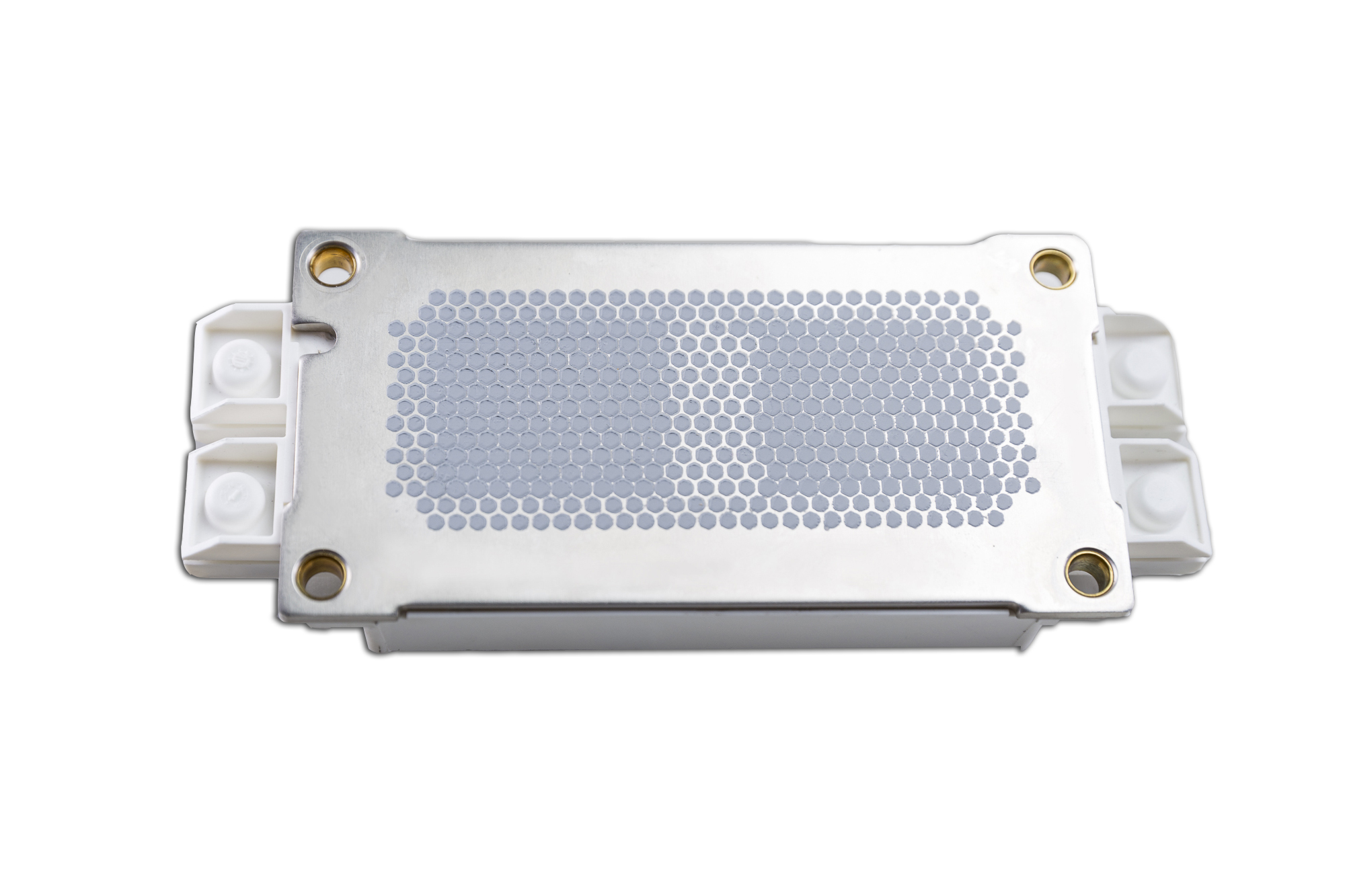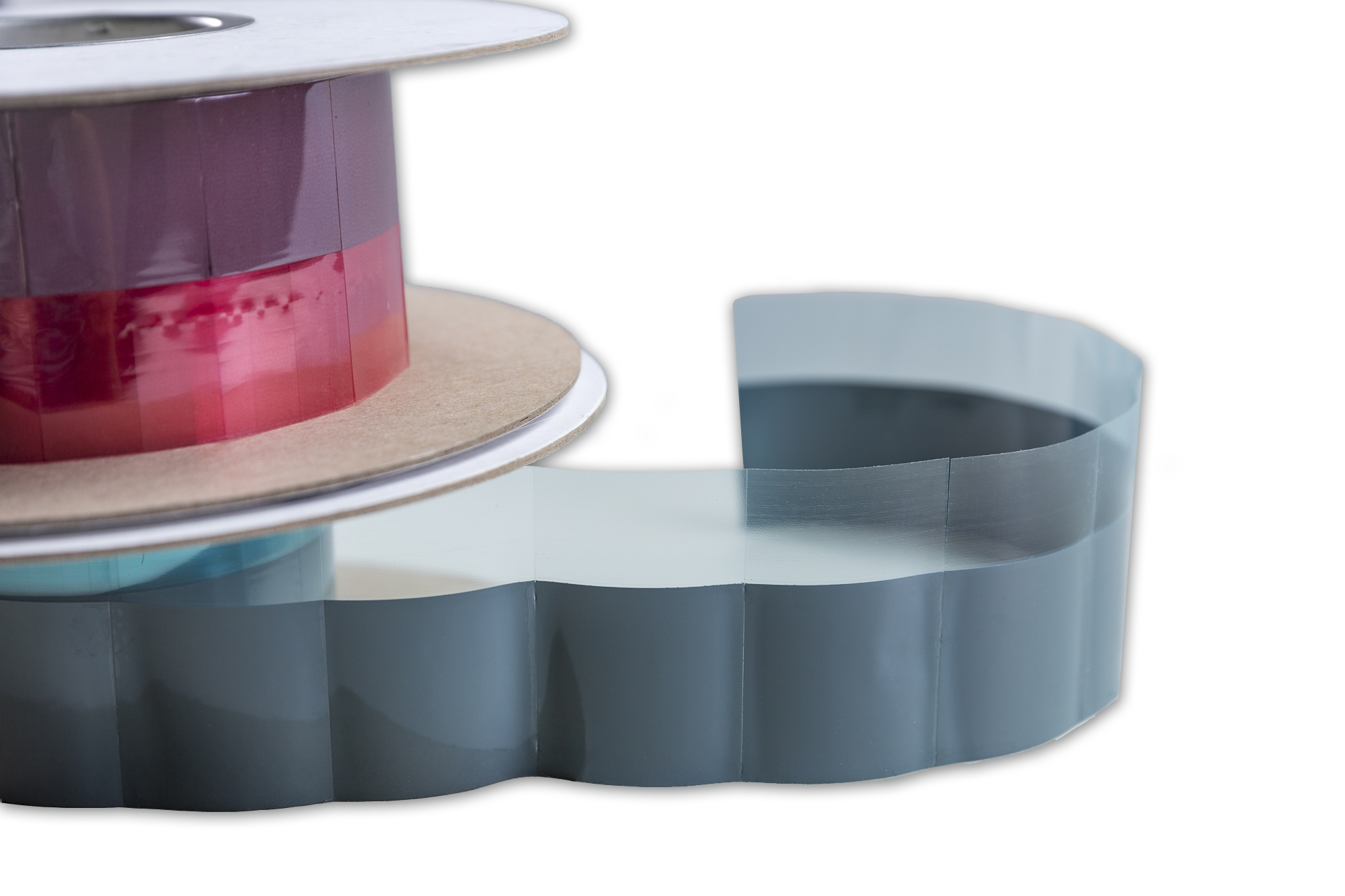2.5D Packaging
What is 2.5D Packaging?
To understand what 2.5 packaging is, it is important to know the evolution of semiconductor packages, beginning with the humble 2D packaging to the development of 2.5D and 3D advanced packaging.
2D, 2.5D, and 3D packaging are major types of integrated circuit (IC) packaging used in semiconductor devices. IC packaging is the process of enclosing a semiconductor die in a protective structure that ensures mechanical support, environmental protection, and reliable electrical and thermal performance. A well-designed package keeps out moisture and contaminants, manages heat dissipation, and enables interconnection through bond wires, bumps, or leadframes. For encapsulation, epoxy molding compounds (EMCs) and liquid encapsulants are the most widely used materials, with the choice depending on the specific IC package design.
2D packaging was first developed in the 1990s, which collectively referred to assembling integrated circuits either through wire bonding and flip-chip ball grid array (FCBGA). In 2D packaging, chips are arranged side-by-side on a single plane.
With the continuous pursuit of innovating semiconductor packages, design limitations of 2D packaging paved the way for the development of more advanced IC packaging:

Limited Routing Density
In 2D packaging, connections between chips should be routed on the sample plane. As chips become smaller and more powerful, the number of wires needed to connect them (also called an interconnect) need to increase. With how traditional 2D packages are designed, there isn’t any more physical space for higher interconnect density, which affects the IC’s performance and functionality.
Decreased Signal Integrity
Signal refers to physical representation that transmits data while noise often refers to unwanted random variation that interferes with signal. In the case of 2D packaging the signal-to-noise ratio is lower, meaning the signal is degraded and that there is more noise transmitted through the package. Latency is also another issue with 2D IC packages, wherein there is a delay in receiving signals.
Power Consumption
With increasing demand for more complex chip designs, the power consumption increases, which may lead to overheating and issues with thermal management in 2D packaging.
Cost and Size
Innovation requires semiconductor devices to be smaller yet more powerful. On the contrary 2D IC packages, larger packages might be needed to make room for multiple features and functionalities.
With the demand for more complex and more powerful ICs, 2.5D IC packaging was developed in response to these design challenges posed by its 2D predecessor. In this type of IC packaging, a silicon interposer sits between the Si chips and the mounting surface. This silicone interposer is etched with wiring patterns, which allows multiple connections between different chips mounted on its surface. Typically, two or more semiconductor chips are placed side-by-side on top of the interposer. Its design allows for combining heterogenous Si chips (i.e., central processing units and memory chips) within a package.
Listed below are some key advantages of 2.5D IC packaging:
Integration Flexibility
The addition of a silicon interposer makes it possible to have homogenous and heterogenous integration within a package; meaning, chips with similar or varying functions can be placed together within a single package.
High Routing Density
The Si interposer makes it possible for multiple dies to be connected side by side and have shorter-distance interconnects.
High Input-Output Density & Signal Integrity
As a result of higher routing density, the short-distance interconnects also make it possible for higher input and output signals to go through the package with minimal noise.
Improved Power Efficiency
The shorter interconnect distance also minimizes loss both in terms of power and heat. 2.5D packaging also has lower voltage requirements, which translates to lower power consumption.
These advanced features of 2.5D IC packages make it suitable for applications requiring high computing power. This includes high power computing and integration of high bandwidth memories of high-end graphics processing units, field programmable gate arrays, switches and routers of data centers & 5G infrastructures, and artificial intelligence accelerators. In data center processors, heterogenous 2.5D IC packaging is used to connect CPUs with memory semiconductors.
Anatomy of a 2.5D Package
2.5D IC package is a type of packaging technology that allows multiple dies, or chips, to be placed side-by-side on a silicon interposer. This setup provides a high-bandwidth, high-density connection between the chips, and is almost a 3D package, where the dies are stacked vertically. Here are the main components of a typical 2.5D IC package:
.png)
Figure. Structure of a 2.5D Package
Table: Components of a 2.5D IC Package
| Component | Description |
| Dies | These are individual semiconductor chips, each with different functions. For example, a 2.5D package might include a high-performance CPU die and several memory (HBM) dies. They are placed horizontally next to each other on the interposer. |
| Silicon Interposer | This is the foundation of a 2.5D package. It is a piece of silicon that serves as a bridge, providing high-density wiring and connections between the different dies. It is often much larger than a single die and is essential for creating fast communication pathways. |
| Through-Silicon Vias | Narrow, vertical holes (also called vias) that are etched completely through the silicon interposer. They allow for a high density of connections between the top surface (where the dies are mounted) and the bottom surface (which connects to the package substrate). TSVs enable high bandwidth capacity of 2.5D packages. |
| Microbumps | These are much smaller solder bumps, typically less than 20μm in diameter. Their smaller size allows for a significantly higher density of connections between the die and the interposer |
| C4 Solder Bumps | Controlled Collapse Chip Connection; These are a more traditional type of solder bump technology used for connecting a chip to a substrate. They are relatively larger than microbumps and are used in a variety of flip-chip applications, including some 2.5D packages where the connection density is not extremely high |
| Substrate | Provides the final connection to the printed circuit board (PCB). This substrate contains its own wiring layers and is generally made of organic materials. |
| Underfill | Applied in the tiny gap between the dies and the interposer. Its purpose is to provide mechanical stability, protect the solder bumps from stress and environmental factors, and improve the package's reliability. |
| Heat Sink | A heat sink (like a lid or cap) is often added on top of the dies to dissipate heat more effectively and protect the components. This component helps to maintain the operating temperature of the dies within a safe range. |
Design Challenges in 2.5D IC Packaging
While 2.5D IC packaging has its advantages, its design still presents challenges:
- Manufacturing complexities
- Thermal management
- Interconnect length and signal integrity
Manufacturing Complexities
Silicon interposers are expensive to fabricate. These interposers require delicate handling and the TSVs that connect the interposer to the package substrate must be precisely formed. Not to mention, the risk of interposer warpage is high due to mismatches between the coefficients of thermal expansion between the different materials it is exposed to. Warping makes it difficult to achieve precise alignment in die-to-die and interposer-to-substrate connections.
Warpage is a major problem in semiconductor packaging, especially with 2.5D ICs. It happens when a package or wafer bends or distorts, often because different materials have mismatched CTEs. A 2.5D package is made up of various materials, like silicon dies, interposers, and molding compounds. These materials expand and contract at different rates when exposed to temperature changes during manufacturing processes, such as curing and thermal cycling. This can result in several issues, including:
Assembly and Process Difficulties
A warped package is hard to handle during later manufacturing steps, which can lead to misalignment and lower yields, thus increasing production costs.
Physical Damage
The stress from warpage can cause cracking or delamination in the package, weakening its structure.
Compromised Reliability
Warpage can result in open circuits, solder bridging, and other failures that impact the device's long-term reliability.
Thermal Design Transition from 1D to 2.5D Packaging
As semiconductor packaging evolves from 1D to 3D architectures, thermal design becomes increasingly complex. Traditional 1D and 2D packages rely on simple heat paths supported by indium solders and air cooling. As power densities increase in 2.1D and 2.5D chiplet-based designs, thermal gels and advanced interface materials are required to manage hotspots formed by densely integrated compute dies and HBM stacks. Moving into 3D packaging, vertical die stacking limits heat dissipation through conventional paths, eliminating the usefulness of TIM2 and pushing cooling closer to the silicon. This shift demands high-performance TIM1 materials such as phase change materials and eventually microfluidic cold plates integrated directly within or beneath the stack.
| Category | 1D | 2D | 2.1D – 2.5D | 3D (Integrated Cold Plate) | 3D (Backside Liquid Cooling) |
|---|---|---|---|---|---|
| TIM Recommendation | Indium alloy solders | Indium alloy solders Solstice Hybrid Thermal gels (HT & HLT versions) Solstice Gap Pads Solstice Putty Pads | Solstice Hybrid Thermal gels (HT & HLT versions) Solstice Phase Change Materials Graphene sheets | High-performance TIM1 only: Solstice Phase Change Material Silver-filled gels | No TIM1 or TIM2 needed |
| Cooling Approach | Air cooling | Direct-to-chip cooling (outside package) | Direct-to-chip cooling (outside package) | Microfluidic cooling (outside package) | Microfluidic cooling (inside package) |
| Thermal Notes | Simple thermal path | Moderate power densities | Chiplets + HBM require uniform TIM1 | Cold plate replaces TIM2; TIM1 quality critical | Liquid cooling inside package eliminates TIM layers |
1D Thermal Design
While silicon interposers are great for electrical connections, they pose a big challenge when it comes to managing heat. This is because their thermal conductivity is poor, which measures how well a material can transfer heat.
Bulk silicon, the material most chips use, has a high thermal conductivity of about 150 W/m·K. This means it effectively moves heat away from hot spots.
In contrast, silicon interposers have a much lower thermal conductivity of around 1.5 W/m·K. This happens because they are not just solid silicon; they contain thousands of tiny through-silicon vias (TSVs) filled with metal and complex wiring layers. This complicated structure disrupts the thermal path, causing the interposer to act more like an insulator than a conductor.
This low thermal conductivity creates a thermal bottleneck. It means that heat produced by the high-power dies on the interposer cannot easily dissipate downwards into the package. Instead, the heat gets trapped, leading to two major problems:
Thermal Crosstalk
Heat from one die spreads laterally across the interposer, affecting its neighbors. This process is called thermal crosstalk. Imagine several people in a crowded room; the heat from one person raises the temperature of those nearby. In a chip, this localized heating can cause nearby dies to reach dangerously high temperatures.
Localized Hot Spots
Because the heat can't escape effectively, it builds up in specific areas, creating localized hot spots. These hot spots hurt the performance of the dies and can significantly reduce the long-term reliability and lifespan of the entire chip package.
2.1D/2.5D Thermal Design
As the industry moves to 2D and 2.1D/2.5D architectures, multi-die layouts and silicon interposers significantly increase lateral heat flux and hotspot intensity. Here, TIM1 uniformity becomes critical: thinner BLTs (<20–30 µm), low pump-out behavior, and high thermal conductivity gels (>6–12 W/m·K) are required to maintain temperature uniformity across chiplets, especially near HBM stacks. Silicon interposers add another thermal barrier, requiring designers to rely on high-k TIMs, heat spreader flatness control, and sometimes thermal TSVs to reduce in-plane spreading resistance.
Solstice PTM6880 & PTM7950 Solution for Thinner BLTs & Low Pump Out
Solstice Phase Change Materials provides a low-impedance, pump-out-resistant TIM ideal for 2.1D–2.5D packages. It remains solid at room temperature for easy handling, then softens at operating temperatures to create a thin, uniform bondline. This phase-change behavior improves surface conformity, reduces voiding, and delivers repeatable thermal performance, making it well-suited for chiplet architectures and HBM modules where TIM stability is critical.
PTM7950 is a high thermal performance phase change material offering ultra-low thermal impedance, optimized for high-power chiplets and efficient heat dissipation. PTM6880 is also a high thermal performance phase change material, specifically developed to address pump-out issues while providing uniform bondline control for mainstream HPC modules. Together, these TIMs support tighter mechanical tolerances and rising heat flux demands in advanced multi-die systems.
Interconnect Length and Signal Integrity
Integrating multiple dies on a passive interposer adds challenges in providing power and keeping signal quality intact.
Power Delivery Network (PDN)
The interposer needs a well-designed PDN to deliver steady power to all dies. It should do this without causing significant voltage drops or more noise. The resistance in the wiring of the interposer can lead to voltage drops, which can impact circuit performance.
Signal Integrity (SI)
The packed, high-speed connections on the interposer can experience signal quality problems like crosstalk, signal loss, and jitter. Precise electromagnetic modeling and simulation are necessary to make sure signals are directed correctly and stay clear between dies.
CAPLINQ Solutions for 2.5D IC Packaging
Controlling Warpage
Henkel LOCTITE ECCOBOND LCM 1000AG-1 is an epoxy-amine based encapsulant designed for liquid compression molding (LCM) in advanced wafer-level packaging.
Liquid Compression Molding (LCM) is less stressful on delicate components than traditional transfer molding. In LCM, a precise amount of the liquid compound is dispensed onto the wafer, which is then pressed and cured under controlled conditions. This method:
- Applies lower pressure, which reduces mechanical stress on thin, fragile dies.
- Allows for void-free filling of the fine gaps between dies, crucial for high-density packages.
- Enables fast in-mold curing, increasing manufacturing throughput without compromising the material's integrity.
As an overmolding material, it is particularly valuable for 2.5D packaging, where it helps address key challenges such as warpage control, fine gap filling between closely spaced dies, and overall package reliability. The following are the key features of Henkel LOCTITE ECCOBOND LCM 1000AG-1:
Ultra-Fine Filler
LCM 1000AG-1 is a solvent-free encapsulant featuring ultra-fine fillers, perfect for 2.5D devices that have extremely small gaps between elements. The small filler particles (average size 3 µm, maximum size 10 µm) allow for rapid flow rates and complete trench filling without voids, guaranteeing full coverage, protection, and enduring reliability.
Ultra-Low Warpage
Low warpage inhibits stress accumulation inside the package, guaranteeing that no area experiences excessive compression or tension. Consequently, the package remains whole and provides enhanced long-term dependability, making LCM1000AG-1 a perfect choice for high-density and large-scale 2.5D packages
SVHC-Free Formulation
This formulation helps manufacturers meet strict global environmental rules like the EU's REACH. It simplifies the supply chain by reducing the need for detailed documentation. LCM 1000AG-1 meets the growing demand from consumers and businesses for safe and sustainable products.
CTE Matching
Filler loading relative to the base polymer lowers coefficient of thermal expansion (CTE) that closely matches that of silicon. By reducing the CTE mismatch between the molding compound and silicon components, thermal stress is significantly lowered, which minimizes warpage.
High Toughness and Purity
LCM 1000AG-1 is made to be a high-toughness, high-purity encapsulant. This provides strong mechanical support and protection for integrated circuits, further boosting the package's reliability and durability under various operational stresses.
More Information About LCM 1000AG-1
Thermal Management Solutions
Additionally, the close proximity of high-power components creates hotspots and increases the thermal design power, making it hard to dissipate heat effectively. The different materials in the package, like the silicon chips, interposer, and substrate, have different coefficients of thermal expansion. This mismatch can cause mechanical stress, warpage, and delamination, hurting the package's long-term reliability, especially during thermal cycling.
Thermal interface materials (TIMs) are designed to address these challenges by providing a highly efficient thermal pathway while accommodating mechanical stress. PTM7950 series offers a combination of high thermal performance and long-term reliability.
More Information About Thermal Interface Materials
Frequently Asked Questions About 2.5D IC Packaging
What is a "chiplet" and how does it relate to 2.5D packaging?
A chiplet refers to a smaller, functional block of an integrated circuit. It either functions as a CPU, memory or as an input/output. In 2.5D packaging these chiplets are placed side-by-side and are connected to the interposer via microbumps.
How does 2.5D packaging address the limitations of Moore's Law?
2.5D packaging allows for heterogeneous integration and chiplet-focused approach, which means that package performance can be improved without being purely dependent on shrinking transistor sizes, which is restricted by both cost and physical limitations.
In what applications is 2.5D packaging most commonly used?
2.5D packaging is typically used for applications related to high-performance computing. AI accelerators, and high-end CPUs & GPUs. To cater towards increasing demand for HPC, improvements in 2.5D packaging are being developed such as silicon bridge solutions replacing the traditional silicon interposer, glass interposers & designing panel-level packaging.
How is liquid compression molding different from traditional molding methods?
Traditional molding methods involve a pre-measured solid or semi-solid molding compound that is preheated, placed on an open mold cavity, then closed and compressed. On the other hand, liquid compression molding directly injects a liquid material into a heated mold. Traditional molding methods are preferred for larger, simpler packaging designs while LCM is preferred for more intricate, advanced packaging.






